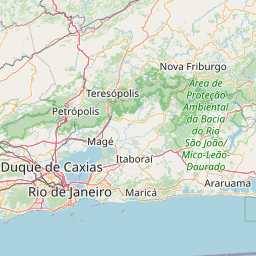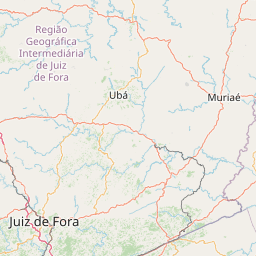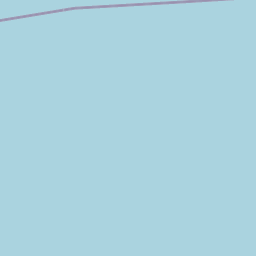Attributes / relations provided by
♦ 1de Magalhaes, J. P., and Costa, J. (2009)
A database of vertebrate longevity records and their relation to other life-history traits. Journal of Evolutionary Biology 22(8):1770-1774
♦ 2Hamish Wilman, Jonathan Belmaker, Jennifer Simpson, Carolina de la Rosa, Marcelo M. Rivadeneira, and Walter Jetz. 2014.
EltonTraits 1.0: Species-level foraging attributes of the world's birds and mammals. Ecology 95:2027
♦ 3Myers, P., R. Espinosa, C. S. Parr, T. Jones, G. S. Hammond, and T. A. Dewey. 2006. The Animal Diversity Web (online). Accessed February 01, 2010 at
animaldiversity.org♦ 4Nathan P. Myhrvold, Elita Baldridge, Benjamin Chan, Dhileep Sivam, Daniel L. Freeman, and S. K. Morgan Ernest. 2015. An amniote life-history database to perform comparative analyses with birds, mammals, and reptiles. Ecology 96:3109
♦ 5Fruit exploitation by Golden Lion Tamarins (Leontopithecus rosalia) in the União Biological Reserve, Rio das Ostras, RJ - Brazil, M.J. Lapenta, P. Procópio de Oliveira, M.C.M. Kierluff and J.C. Motta-Junior, Mammalia. Volume 67, Issue 1, Pages 4146 (2003)
♦ 6Nunn, C. L., and S. Altizer. 2005.
The Global Mammal Parasite Database: An Online Resource for Infectious Disease Records in Wild Primates. Evolutionary Anthroplogy 14:1-2.
















